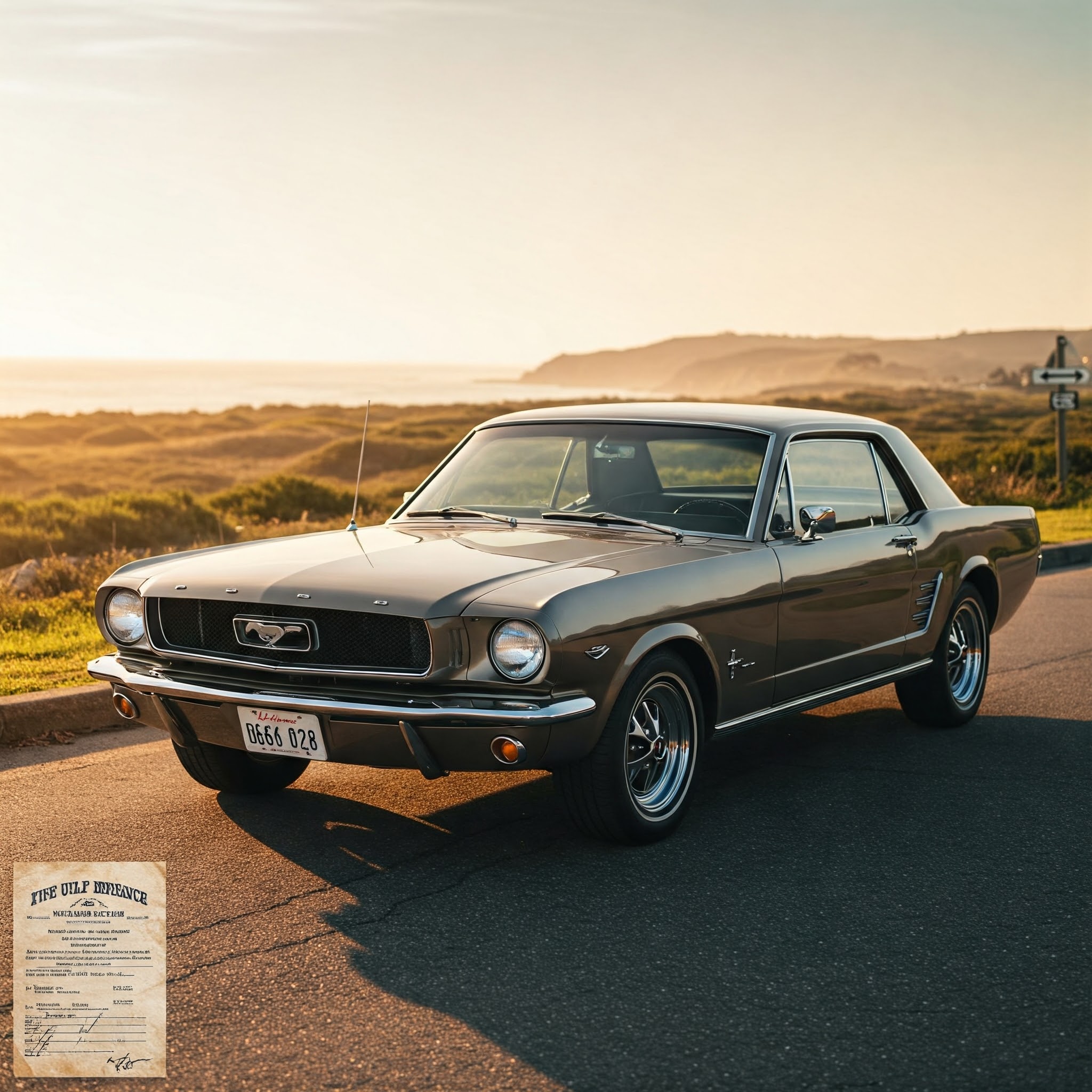Introduction
Imagine driving down the road in a beautifully restored 1965 Ford Mustang or a sleek 1957 Chevrolet Bel Air. Classic cars are more than just vehicles; they are pieces of history. But owning a classic car comes with responsibilities, including proper insurance coverage.
Unlike standard vehicles, classic cars require special insurance policies to protect their unique value. This guide will help you understand why classic car insurance is essential and how to choose the right coverage.
Understanding Classic Car Insurance
What is Classic Car Insurance?
Classic car insurance is a specialized policy designed for vintage and collector vehicles. These cars typically appreciate in value rather than depreciate, making them different from regular vehicles.
Why is It Important?
Standard auto insurance policies may not cover the full value of a classic car. Because classic cars are often stored securely and driven less frequently, they require a unique type of coverage tailored to their needs.
Examples of Classic Car Insurance in Action
For example, if you own a 1969 Chevrolet Camaro, a standard policy might only cover its depreciated value. However, a specialized policy considers its full market value, ensuring you receive proper compensation if it’s damaged or stolen.
Key Benefits of Classic Car Insurance
1. Agreed Value Coverage
Unlike regular policies that pay actual cash value, classic car insurance offers agreed value coverage. This means the insurer and car owner agree on the car’s worth beforehand, ensuring full compensation in case of a claim.
2. Lower Premiums
Since classic cars are driven less frequently, insurers offer lower premiums compared to regular auto insurance policies.
3. Specialized Repair Coverage
Classic cars require specific parts and expert repairs. Many policies cover specialized mechanics and genuine replacement parts.
4. Flexible Usage Policies
Some classic car policies allow for limited pleasure driving and participation in car shows and exhibitions.
5. Better Theft Protection
Classic cars are high-value targets for theft. Many insurance policies offer enhanced protection against theft, vandalism, and natural disasters.
Step-by-Step Guide to Getting Classic Car Insurance
Step 1: Check Eligibility
Insurers have different definitions of a classic car. Generally, a vehicle must be at least 25 years old, in good condition, and used for limited driving.
Step 2: Choose the Right Policy
Decide between agreed value, stated value, or actual cash value policies. Agreed value is the best option for classic cars.
Step 3: Compare Insurance Providers
Look for specialized classic car insurance companies like Hagerty, Grundy, or American Collectors Insurance. Compare their benefits and coverage options.
Step 4: Provide Vehicle Documentation
Most insurers require photos, appraisals, and maintenance records to determine the car’s value.
Step 5: Understand Usage Restrictions
Classic car policies often have mileage restrictions, requiring the vehicle to be stored securely.
Step 6: Review Policy Add-Ons
Consider additional coverage options like spare parts insurance, roadside assistance, and event coverage.
Common Problems & Solutions
Problem 1: Finding the Right Value for Your Car
Solution: Work with an appraiser or use valuation tools from classic car organizations.
Problem 2: Limited Driving Restrictions
Solution: Choose a policy with a flexible mileage plan if you plan to drive your car more frequently.
Problem 3: High Repair Costs
Solution: Look for policies covering authentic replacement parts and restoration costs.
Problem 4: Insurance Availability in Your Area
Solution: Some insurers have location restrictions. Research companies that operate in your state.
Future Trends in Classic Car Insurance
1. Usage-Based Insurance
Some insurers now offer mileage-based policies using tracking devices.
2. Increased Digital Appraisals
Virtual inspections and AI-based car valuations are making the insurance process smoother.
3. Climate Change Considerations
More insurers are providing specialized protection against natural disasters.
4. Greater Customization Options
Policies are becoming more flexible, allowing car owners to personalize their coverage.
Conclusion & Final Thoughts
Owning a classic car is a passion and an investment. Standard insurance policies do not offer the protection these valuable vehicles need. Classic car insurance ensures that your prized possession is safeguarded against risks while keeping costs reasonable.
When choosing a policy, compare insurers, understand coverage options, and look for agreed value policies to get the best protection.
Do you own a classic car? Share your experiences and tips in the comments below!
FAQs
What is classic car insurance and why is it important?
Classic car insurance is a specialized policy designed to cover collector cars. It ensures the car’s full market value is protected.
How can beginners get classic car insurance?
Start by finding an insurer specializing in classic cars, get your car appraised, and choose an agreed value policy.
What are the best classic car insurance providers?
Some top providers include Hagerty, Grundy, and American Collectors Insurance.
What mistakes should be avoided when insuring a classic car?
Avoid choosing a standard policy, underestimating your car’s value, or ignoring policy restrictions.
Where can I learn more about classic car insurance?
Check websites of major insurers or visit collector car forums and clubs for more information.
